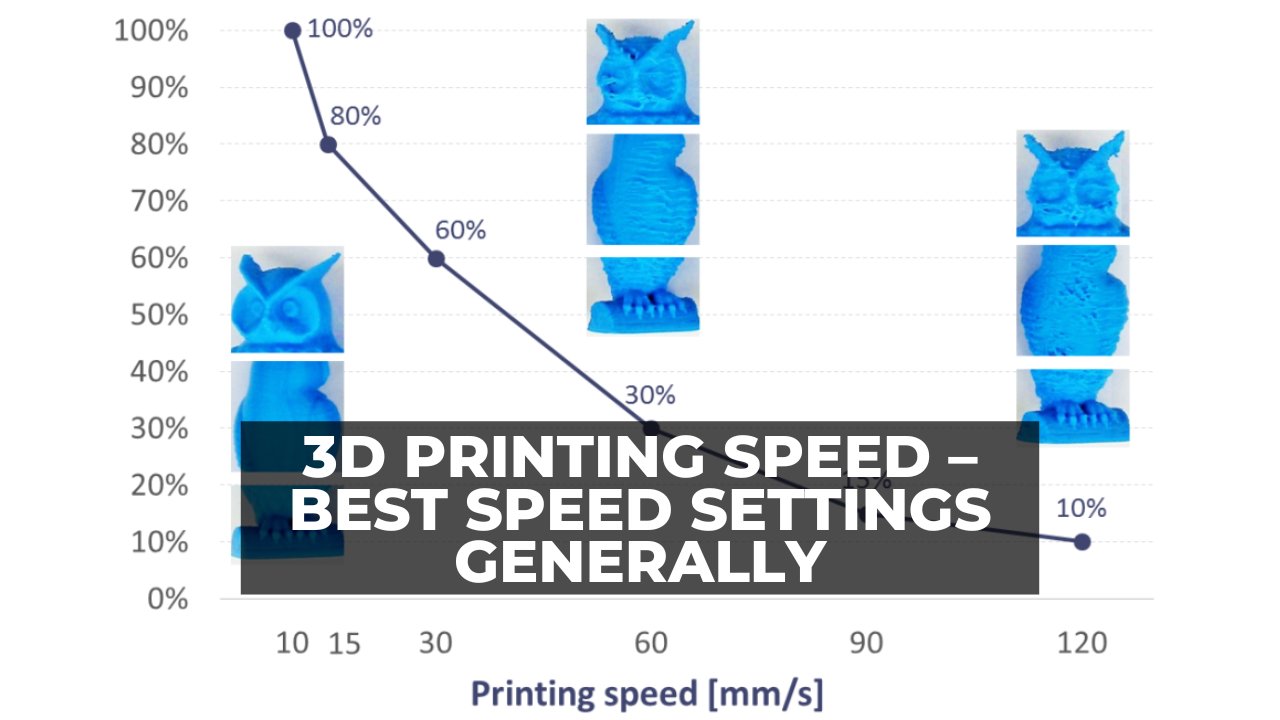
The Best 3D Printing Speed Settings For Every Filament


At 3DSourced we’ve covered everything 3D printing and 3D since 2017. Our team has interviewed the most innovative 3D printing experts, tested and reviewed more than 20 of the most popular 3D printers and 3D scanners to give our honest recommendations, and written more than 500 3D printing guides over the last 5 years.
Print speed is one of the most important settings when 3D printing. It affects both print speeds and the quality of printed parts, and therefore the likelihood of errors and failures. The best speed settings requires striking a balance between speed and quality.
As with most aspects of 3D printing, print speed differs depending on the material. PLA and, say TPU, require a very different approach, so unfortunately there’s no universal ‘best’ print speed for all filament types.
Here is a table of the optimal print speeds for the most popular FDM filaments:
| Filament Type | Best Print Speed |
|---|---|
| PLA | 40-60 mm/s |
| ABS | 40-60 mm/s |
| TPU | 25-30 mm/s |
| PETG | 20-40 mm/s |
| Nylon | 25-50 mm/s |
To further complicate matters, different 3D printers have their own hardware and quirks, and this even extends to different brands of the same type of filament, given that formulations and additives can drastically alter the speed requirements.
The type and size of parts also affect print times and the ideal print speed, as do slicer settings such as:
A lot of factors play into finding the best print speed settings. In this guide, we’ll explain what we consider to be the best settings for the most popular filament types, including PLA, ABS, PETG, TPU, and more.
The idea is to give you a solid starting point, and from there, you can tweak and experiment to zero in on the optimum speed for your printer, filament, and specific project.
What Is Speed in 3D Printing, and Why Is It Important?
Your 3D print speed determines how fast the printhead assembly motors on a 3D printer move as the extruder deposits material to create a 3D print. This should NOT be confused with travel time, which is the rate at which the printhead moves when it isn’t depositing filament. Print speed is measured in mm/s.
More specifically, the speed affects how fast the printhead travels along the X and Y axes of the print bed, and how fast the extruder motor feeds filament into the printhead.
Print speed is not to be confused with printing time, which is how long the 3D part or model takes overall. The distinction is important because a fast print speed can still lead to a long print time, especially for larger and more complex prints.
Print speed is important because it not only affects print times – faster speeds can reduce print times by hours in some cases – but also impacts the overall quality of a print (details, features, surface finish) and, therefore, the success of the print. Too fast or too slow, and print errors and failures can arise.
Benefits of Correct 3D Print Speed
- Reduce instances of ringing, ghosting, and stringing
- Improves first and subsequent layer adhesion
- Reduces under-extrusion and clogging
- Better overall print quality
- Fewer errors and print failures
How Fast Is Too Fast in 3D Printing?
To determine what speed is too fast, you’ll need to identify the speed where issues like under-extrusion, ringing, ghosting, and insufficient inter-layer adhesion start to occur.
Quality is subjective, so what may be acceptable to someone may not be to someone else. So, using test prints is a great way to find your personal balance on quality and print time for your projects and filament.
Best 3D Printing Speed Settings
To hone in on the best print settings, we have to look at individual slicer settings, specifically those that relate to speed.
There’s no universal best print speed, so we recommend taking the following as guidance rather than gospel. Experiment and test print to find settings that work for your printer and filament.
Print Speed Settings
To begin, check your filament spool to see the manufacturer’s recommendations. These offer a solid starting point to work forward from. Otherwise, check out our table above for what is considered the typical best speeds for each filament.
From here, make small adjustments to print speed, either up or down in small increments, until you find a happy medium between print quality and print time that you’re satisfied with.
As with so many aspects of 3D printing, experimentation and fine-tuning is the key to finding the optimal print speed. Don’t hesitate to dedicate a few hours to print test and calibration models to zero in on the ideal print speed for your filament and project.
You can further fine-tune the overall print speed setting by adjusting the following settings:
- Outer Wall Speed – the speed the printer prints outer walls (sometimes called the outer shell). Ideally, you’ll want a slower speed for these as they form the finish of a model, and therefore benefit from extra print times to improve the print’s surface finish.
- Inner Wall Speed – sets how fast the inner walls of the model are deposited (sometimes called inner shell). These are not usually visible, so there’s no need to worry too much about the quality of the finish for inner walls.
- Infill Speed – determines how fast infills are printed. Infills are the inner parts of a model, between the inner and outer walls. Here, it’s all about balance, aesthetics aren’t important, but print too fast and you’ll reduce the print’s structural integrity.
- Top and Bottom Layer Speed – sets out how fast the top and bottom layers of the model are printed, which can help with first-layer adhesion and the overall surface quality of the final layer. Here, slower speeds are recommended to ensure that first layer adheres properly, setting you up for the rest of the print, and you always want the top layer to have a good surface finish.
- Skirt, Support, Brim, Raft speed – determines how fast supports and adhesion aids like skirts and rafts print. These tie into first-layer adhesion, so taking a bit more time to deposit a solid initial set of layers helps with the rest of the print.
Travel Speed Settings
Travel speed determines how fast the printhead moves across the build surface when it isn’t depositing filament.
A faster travel speed tends to shorten print time, but runs the risk of introducing print errors such as ringing, layer shifting (where layers don’t line up properly, creating a stair-like effect), and ghosting that can affect the overall quality of a print.
Use test prints and make small adjustments until you find the sweet spot between print time and quality. Start somewhere between 80 and 100 mm/s and work your way up/down progressively.
Retraction Speed Settings
Retraction speed sets how fast the printer retracts filament back into the hot end as it moves or travels across the build surface. The aim is to avoid stray filament landing on the print when it isn’t required, causing stringing and reducing finish quality.
Again, balance is key. If retraction is too slow or two shallow, unsightly blobs and wisps of filament can appear, while upping speeds too far can cause similar effects.
Turn to a test print, and make small adjustments as you go until you eliminate all instances of stringing and blobbing. The perfect starting point really depends on the characteristics of your printer and the filament, but starting around 30 mm/s should set you on the right path.
Factors that Affect 3D Printing Speed
- First-layer adhesion – Printing too fast can cause issues for the printer when laying down the first layer. It can also affect bonds between layers, leading to issues like ghosting, shifting, and ringing. This is often caused by insufficient cooling – the material doesn’t have time to cool properly before the next layer is deposited.
- Nozzle size – Larger nozzle sizes can deposit more material faster. We explain more in our nozzle size 3D printing guide.
- Hot End Temperature – Faster printing requires the hot end to work harder to keep up with the temperature requirements of melting more filament faster. High temperatures can, however, lead to blockages and clogging if too much melted filament is fed through the nozzle at once, forcing it back up into the print head mechanism. It then solidifies, blocking the filament pathway.
- Your printer’s hardware – if your printer is not designed to work at high speeds, it will struggle to keep up, whether that’s the motors, the belt, or the frame simply not being designed to handle the vibrations caused by such rapid movement.
- Type of model – The more detail, the more a model or part benefits from slower speeds, and more pronounced retraction settings. Essentially, your expectations for the overall quality of the print have a big say in the right print speed.
- Material types – less demanding filaments like PLA can handle higher speeds with a small impact on overall quality, while more challenging materials like TPU and PETG only thrive at slower speeds.
Best 3D Printing Speeds For Every Filament
PLA
- Best PLA Print Speed: 50 – 80 mm/s
- Retraction Speed – 6 mm at 25 mm/s. Watch out for stringing and adjust downward to avoid it.
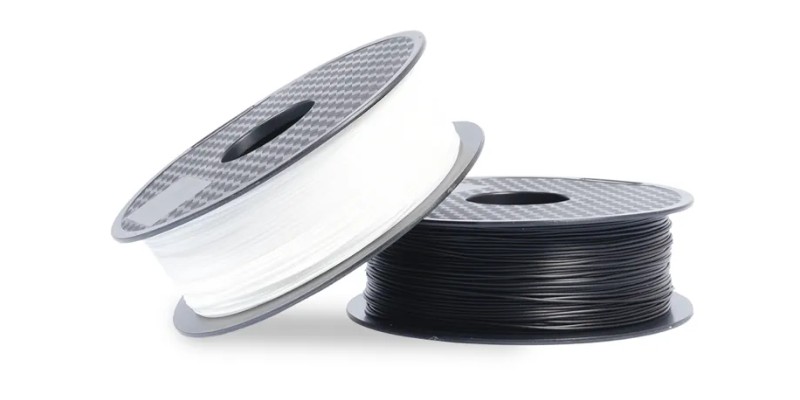
For a good balance between speed and print quality, we recommend 50-80 mm/s for most printers for PLA.
For parts where finish and detail aren’t all that important, feel free to crank up the speed to reduce print times. Or, if your printer handles high print speeds, adjust it accordingly.
For detailed prints, stick to the lower end of the recommended print speeds.
For larger prints where aesthetics aren’t all that important, don’t hesitate to push speeds at around 80 mm/s. A good quality FDM printer should be able to handle these speeds and produce a decent-quality model without too many blemishes and errors.
ABS
- Best ABS Print Speed: 40 – 60 mm/s
- Retraction Speed – 6 mm at 40 mm/s. Adjust lower to reduce stringing if needed.
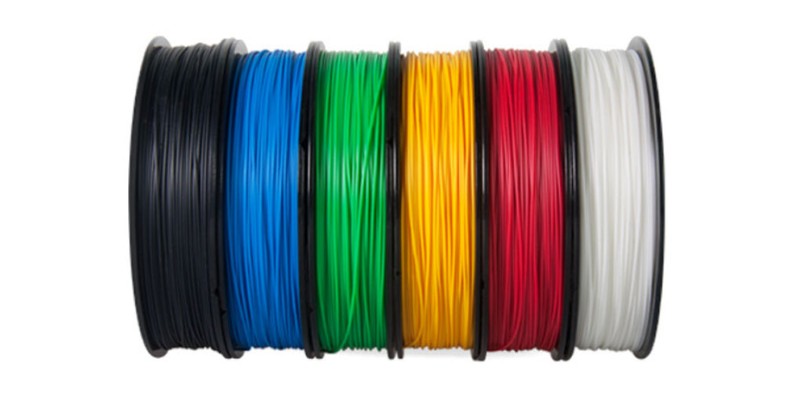
Typically, a good print speed for ABS is around 40-60 mm/s, though you can reduce the speed if the print quality isn’t good enough.
For the best results, print ABS inside an enclosure. Without one, ABS is extremely susceptible to warping – the filament needs a controlled thermal environment to truly thrive.
PETG
- Best PETG Print Speed: 20 – 40 mm/s
- Retraction Speed – We recommend 4 mm at 25 mm/s. Stringing is generally an issue with PETG, so adjust as needed – shorter retraction distance and higher retraction speed tends to work well for most printers.
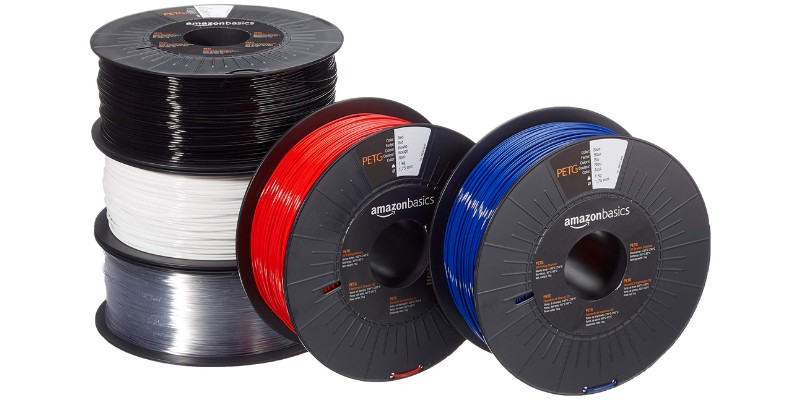
We recommend starting at around 40 mm/s, then reducing print speed in small increments until you find a balance between quality and print times.
Note that overall, PETG tends to shine at slower print speeds, so dropping as low as 20 mm/s is recommended for the best results.
Nylon
- Best Nylon Print Speed: 25-50 mm/s
- Bed Temperature: 55-65°C
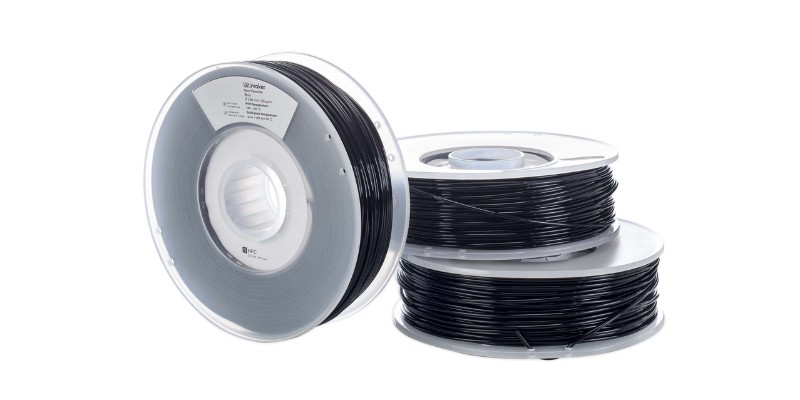
For printing Nylon on an FDM printer, aim for somewhere between 25 and 50 mm/s. Any faster and it’s likely the print will struggle to keep up with the high extrusion temperatures required to print Nylon.
As with ABS, Nylon is highly prone to warping, so ensure you are printing in an enclosed chamber and using a heated bed for the best results.
TPU
- Best TPU Print Speed: 25-30 mm/s
- Retraction Speed – 3 mm at 20 mm/s. TPU fares best with a shorter retraction distance to avoid introducing too much movement into the filament path potentially causing bending and clogging.
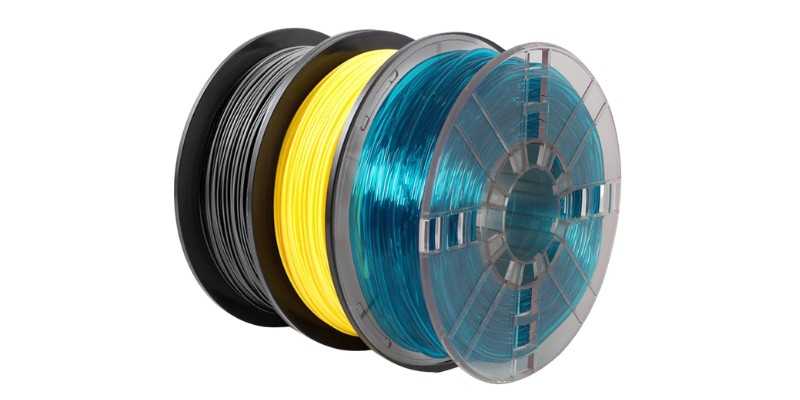
TPU is a fairly tricky filament to print, especially compared to PLA.
It much slower print settings, around 25 to 30 mm/s, though dropping down as low as 10 mm/s for the first layer to promote solid first-layer adhesion is a common step to ensure TPU prints don’t fail.
What Is a Good 3D Printing Speed?
There is no universal good 3D printing speed as it depends on the model, filament, and the printer itself. The key is finding the right speed for all these factors. As a general rule though, most standard FDM filaments (PLA, ABS, PETG, etc) tend to perform well at speeds between 20 mm/s and 60 mm/s, though this is a generalization.
For this reason, we recommend tests to figure out the best print speed for your combo of printer and filament, especially those geared towards calibrating print speeds. They include multiple instances of the same model printed at progressively faster speeds, allowing you to visually inspect the results and select the optimal speed based on the quality produced.
However, if you want a 3D printer capable of printing at higher speeds without losing quality, then some printers are better suited for this than others. The best delta 3D printers print faster than standard Cartesian printers due to their build and bowden extruders – they can often print more than twice as fast. For more information, we have also written an article on the fastest 3D printers.
If you’re one of the 1000s worldwide with an Ender 3, you can read out guide to the best speed settings for Ender 3 here.




















